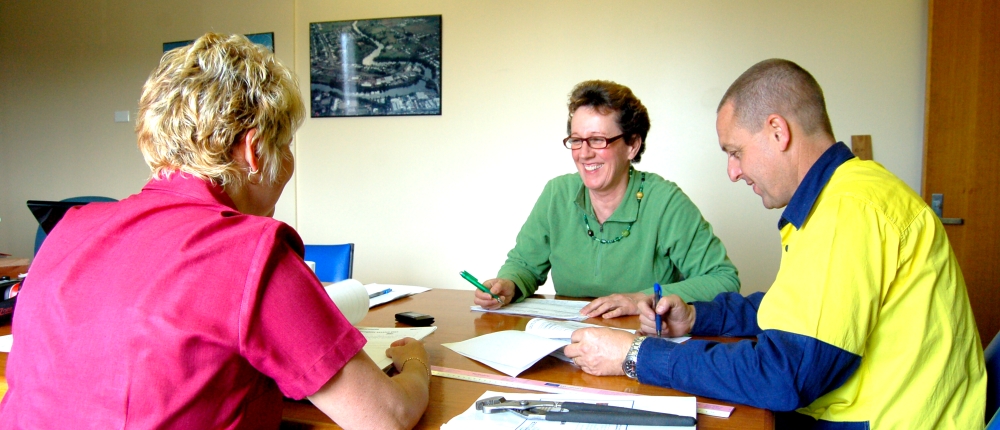Development of Print Resources

Our philosophy
Print-based learning materials are the traditional format for presenting reference information and course notes to learners. Although e-learning resources have made a big impact in recent years, hard copy learner guides are still widely used for workplace training, particularly with industrial skills and the trades.
In off-the-job group sessions, many trainers like to combine the use of printed learner guides with selected excerpts from digital resources shown via a data projector. This allows the students to refer to hard copy materials for the main body of information, and to watch movie clips or animated graphics when that extra dimension is most effective.
Horses for Courses
This ‘blended’ use of presentation formats helps trainers and their learners to get the best of both worlds during formal training sessions. It also enables learners to use the format they feel most comfortable with when they revise or research topics in their own time. Some learners prefer digital resources, particularly if they’re tech-savvy users of mobile phones, tablets and other electronic devices. Others are much happier with printed materials, where they can scribble hand-written notes in the margins and physically turn real pages.
There is also a large group of learners in the middle, who see certain advantages in each of these formats. They may like to read hard-copy manuals when they’re studying specific topics, but then switch to electronic versions when it comes time to collect material for an assignment, especially if it is being written in an electronic format.
At Workspace Training, we understand the multiple uses that print-based learning materials are often put to, and the diverse needs of the learners who use them. We work hard to put together resources that are easy to read, technically accurate and comprehensive in content. Many of the materials we’ve developed have been specifically designed for people with lower-than-average literacy and numeracy skills, so we are experienced in using photos, graphics and page layouts to optimise the 'learning experience'.
Click on the links at the top of this page to see some examples of print-based learning resources we have developed.
